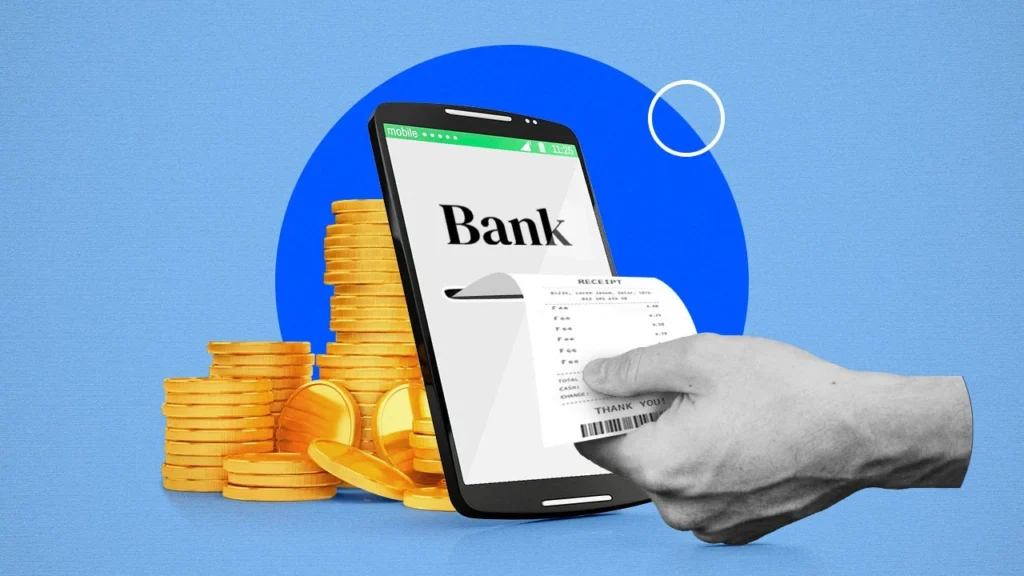A Complete Rundown of Crypto Platform Fees: What Every Trader Should Know
February 18, 2025

When it comes to crypto, the fees you pay can sometimes matter more than the trades you make. In this roundup, we break down the most common types of crypto platform fees, why they vary, and how you can reduce them over time. Whether you’re actively trading or holding long-term, knowing how these fees work gives you a major edge.
Trading Fees: The Core of Crypto Platform Fees
Trading charges make up the most frequent type of crypto platform fees—and they’re often misunderstood. These are typically charged as a percentage of your transaction size, and rates vary based on whether you’re placing a limit or market order.
Most exchanges use a maker-taker model, rewarding those who add liquidity with lower fees. For instance, if you’re a market “maker,” you may pay significantly less than a “taker” executing a quick buy. Exchanges like Binance and OKX offer fee reductions based on trading volume or token holdings.
For example, if you trade $1,000 at a 0.2% fee, you’ll pay $2. Some exchanges offer reduced fees for high-volume traders or tiered pricing based on your activity.

Withdrawal Costs: More Than Just Network Fees
Another major component of crypto platform fees comes into play when you move your funds off the platform. These withdrawal fees can be fixed, or they might adjust dynamically with blockchain activity.
If you’re withdrawing assets like ETH or USDT during peak network congestion, the fees can be unexpectedly high. Some exchanges will pass these charges directly to you, while others absorb a portion. Either way, it’s worth reviewing fee schedules before making frequent transfers.


The Spread: A Quiet Cost Hidden in the Price
Beyond transparent trading and withdrawal fees, many platforms build their costs into the “spread”—the difference between the buy and sell price for an asset.
Zero-fee platforms often widen their spreads to make a profit in disguise. This model is common in fiat onramps or beginner-focused exchanges, where users may not realize they’re paying extra. If you notice your assets losing value shortly after purchase, this may be why.
For example, a $200 spread between buying and selling Bitcoin can increase your overall expenses over time.

Extra Charges You May Not Expect
In addition to visible fees, some platforms apply extra charges that aren’t always front and center. Think inactivity fees, network congestion surcharges, or credit card deposit fees.
These hidden charges can shrink your holdings over time if you’re not paying attention. Always check an exchange’s full fee page—often buried in footnotes—before deciding where to trade or store your funds.

Why Crypto Platform Fees Differ So Widely
Understanding why crypto platform fees vary is key to making informed decisions. Centralized exchanges often have higher operating costs (KYC, support, infrastructure), while decentralized exchanges pass on network fees instead.
What you’re really paying for is access, support, liquidity, and sometimes, convenience. Platforms like Coinbase may charge more but offer strong user protections, while others like KuCoin or Bybit offer lower fees but fewer guarantees.

How to Lower Your Overall Costs
Reducing your crypto platform fees isn’t about avoiding them entirely—most are unavoidable—but about optimizing how you trade. Tactics like using limit orders, consolidating withdrawals, or holding a platform’s native token can reduce your expenses over time.
Even a 0.1% difference adds up significantly when you trade regularly. Evaluate the total cost of trading—not just what’s advertised—and always consider the long-term impact on your holdings.
—
Relevant news: here

